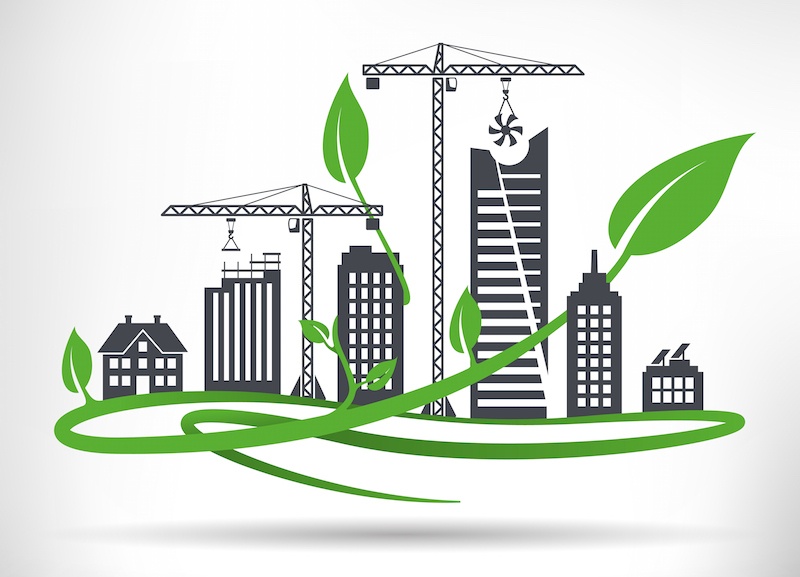
It’s time we all do our part. As facility management professionals, we can have a big impact on how we run our facilities and how our facilities impact the environment. That’s why sustainability as a part of facility management is so important.
We all want to conserve energy and have high-performance buildings. That’s why we need to consider sustainability in all aspects of facilities: from energy, water and waste to standards and reporting.
Here are four areas where sustainability can make a big impact.
1. Energy Management
It’s important that you have an energy management plan in place. You may want to start out this initiative by metering your consumption and then identifying energy savings. From there, implement cost-saving measures and, once implemented, track your progress.
By launching and maintaining such a program, you’ll be better able to implement savings opportunities, sustain energy efficiency, and create a culture of energy efficiency with your organization.
2. Green Cleaning
Green cleaning is a great way to increase sustainability in your facility. LEED offers tools for existing buildings which make it easier for facility managers to identify which chemicals and products will make green cleaning cost-effective.
Traditional cleaning chemicals can be harmful. By properly selecting and using green cleaning products, you’ll be able to safeguard the health and safety of both building occupants and the planet.
3. Materials and Resources
Choosing sustainable materials not only contributes to environmental quality but also ensures longevity and adaptability. The most environmentally friendly thing an organization can do is to simply use less (i.e. chairs that are lighter due to the use of fewer materials, reduction in packaging materials, etc.).
One common example is the use of hand dryers vs. paper towels, with the former reducing energy, waste, and the overall carbon footprint by 70 percent.
4. Waste Management
Effective waste management programs aim to reduce waste by recycling, composting, and reusing waste as well as through source reduction. These activities help reduce disposal costs, decrease the amount of waste that enters landfills, and conserve energy.
You can implement a waste management plan to track resources from the beginning to the end of their existence, allowing you to conduct life cycle assessments, assess various disposal methods, and find where improvements can be made.
Conclusion
By reducing energy consumption, implementing green cleaning initiatives, using environmentally-friendly materials and setting up a waste management program, you’ll be able to make sustainable practices a staple of your organization and show their positive impact on your organization’s bottom line.
If the positive economic effects aren’t immediately apparent, don’t worry. You must take a long-term approach to facility management sustainability. By taking the lifecycle cost and total cost of ownership into account, you can better paint a picture of the benefits of sustainable practices.
As a facility manager, you can be uniquely positioned as the proponent of green practices. Armed with the proper strategic and financial planning tools, you’ll be able to develop, implement and maintain sustainable facility practices, creating long-lasting value to your organization.



